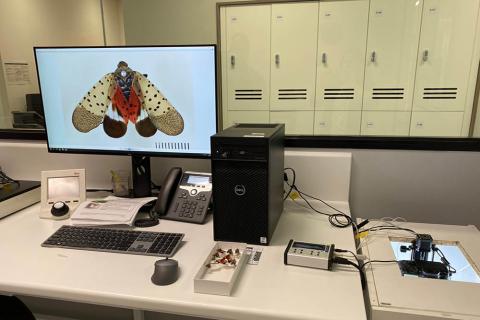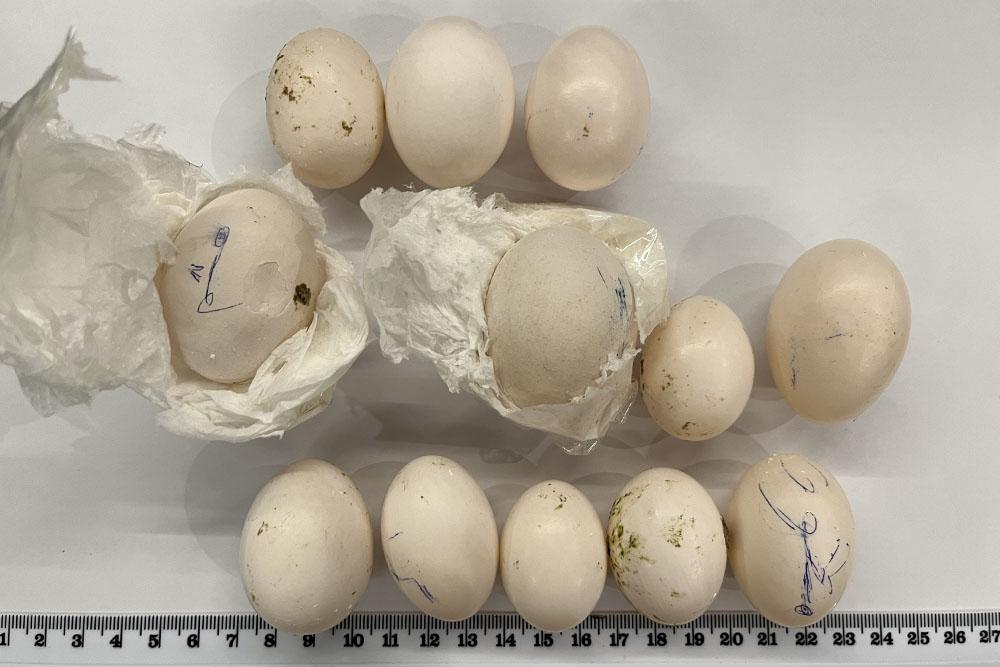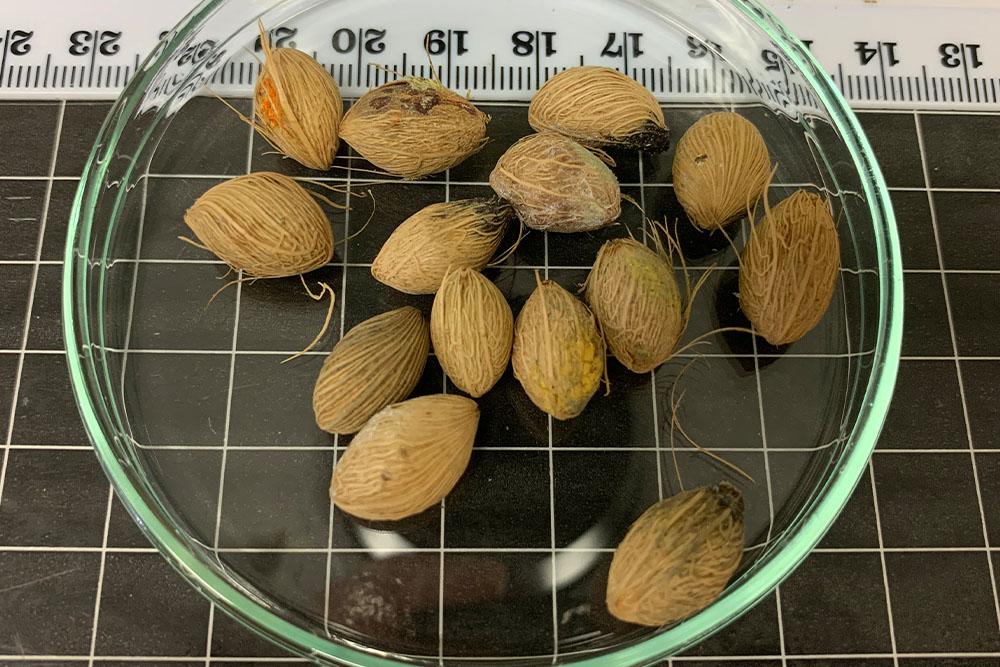The Operational Science and Surveillance’s (OSS) Entomology team at the Department of Agriculture, Fisheries and Forestry (DAFF) have just experienced their busiest Brown Marmorated Stink Bug (BMSB) season to date, dealing with a record number of detections.
The team has 41 dedicated diagnostic entomologists located at 8 sites across Australia. This team is one of the largest cohorts of entomologists employed by any one organisation in Australia—which is a testament to the critical technical expertise entomologists provide to our biosecurity system. Last year, they completed more than 53,500 identifications of pests collected during inspection and surveillance activities, covering 2,265 different taxa, the highest number of entomological identifications ever completed by the department.
Critical to a strong biosecurity system is speedy diagnostics so that actions can be taken to prevent the spread of invasive exotic pests, such as stink bugs, ants, beetles and snails which could devastate Australia’s agriculture. Significant investments have been made in new equipment for Entomology’s eight OSS labs around Australia to support this process.
The department has introduced new microscopes that create three-dimensional images of insects, and other new technology including MinION, a gene-sequencing identification tool, and MALDI-Tof which uses protein analysis to identify samples.
Funding for this new technology came from the Australian Government’s Modern Technologies and Diagnostic Tools (MTDT) program.
Entomologists also use traditional methods to identify insects by making use of the department’s extensive invertebrate collections and imaging library to identify different species. These collections and images are a critical and unique national asset and also support the biosecurity activities outside the department.
OSS’s entomologists are not just confined to their labs: they regularly go out in the field to assist OSS surveillance teams and attend conferences and workshops worldwide to stay updated on the latest developments and build specialist knowledge in taxonomy and emerging pests. Their expertise is invaluable, and they share it by providing training to biosecurity officers and supporting the uplift in capability nationally. Last year they conducted 62 training sessions for the Biosecurity Operations Division inspection officers, ensuring this biosecurity frontline is well equipped to protect Australia’s agriculture and environment.
Join us in celebrating these unsung heroes and their work to safeguard Australia.





